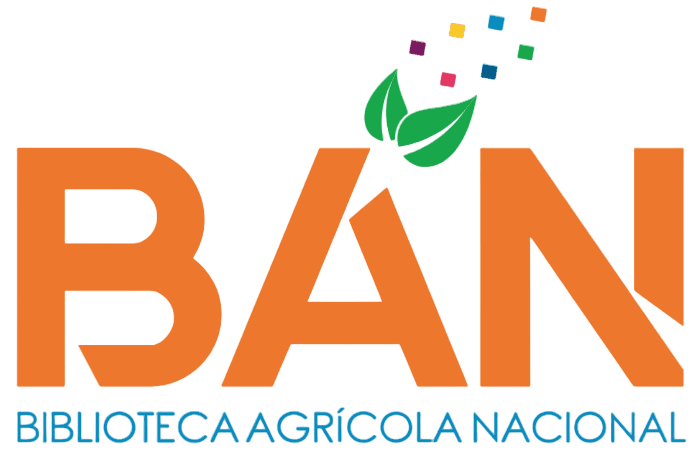Modelamiento hidrológico e hidráulico para dimensionamiento de defensa ribereña del río Paranapura desde el km 0+000 al km 3+500
Loading...
Código QR
Authors
Salinas García, Cinthia Nataly
Contact Email
Abstract
En esta investigación se determinó las áreas vulnerables como resultado del desborde del río Paranapura desde la progresiva 0+000 a la 3+500 que afecta a la ciudad de Yurimaguas, distrito de Yurimaguas, provincia de Yurimaguas, departamento de Loreto. El proceso comenzó con la recolección de información cartográfica e hidrológica. A partir de esta, se obtuvo el Modelo Digital de Elevación (DEM) para la delimitación de la cuenca y las subcuencas. Posteriormente, se recopilaron los datos diarios de precipitación de PISCO - SENAMHI para determinar las precipitaciones máximas de 24 horas anuales desde 1981 hasta 2016. El procedimiento siguiente fue el análisis estadístico de frecuencias con el cual se calculó los hietogramas de diseño para diferentes períodos de retorno. Se utilizó el software HEC - HMS para el simulado hidrológico, se calculó el flujo para varios períodos de retorno con distintos valores de número de curva propuestos por el ANA en condiciones normales, húmedas y secas. La calibración hidrológica se comparó los caudales de la cuenca del Biabo del año 1995 por similitud hidrológica con los caudales generados del modelo para el mismo año, lo que resultó en una eficacia de Nash-Sutcliffe de 0.753 con número de curva optimizados. Con los números de curva calibrados para cada subcuenca del Paranapura, los datos máximos caudales para los períodos de retorno de 200 y 500 años se situaron en 2561.6 m³/s y 3205.8 m³/s, respectivamente. Se modelaron utilizando el software IBER y se calibraron parámetros como el tirante, la velocidad, la cota de agua y el caudal en el modelo hidráulico para el diseño de la defensa ribereña. Posteriormente, se creó un modelo hidráulico de la defensa ribereña con el objetivo de reducir las inundaciones en las áreas aledañas.
In this investigation, the vulnerable areas were determined because of the Paranapura River overflow from 0+000 to the 3+500 progressive that affects the city of Yurimaguas, district of Yurimaguas, province of Yurimaguas, department of Loreto. The process began with the collection of cartographic and hydrological information. From this, the Digital Elevation Model (DEM) was obtained for the delimitation of the basin and sub-basins. Subsequently, the daily precipitation data from PISCO - SENAMHI were collected to determine the maximum annual 24-hour rainfall from 1981 to 2016. The following procedure was the statistical analysis of frequencies with which the design hyetographs were calculated for different return periods. The HEC - HMS software was used for the hydrological simulation, the flow was calculated for various return periods with different curve number values proposed by the ANA under normal, humid and dry conditions. The hydrological calibration was carried out by comparing the Biabo basin flows for the year 1995 for hydrological similarity with the generated flows from the model for the same year, which resulted in a Nash-Sutcliffe efficiency of 0.753 with optimized curve numbers. With the calibrated curve numbers for each Paranapura sub-basin, the maximum flow data for the 200 and 500 year return periods were 2561.6 m³/s and 3205.8 m³/s, respectively. They were modeled using the IBER software and parameters such as depth, velocity, water level and discharge were calibrated in the hydraulic model for the design of the riverbank defense. Subsequently, a hydraulic model of the riverbank defense was created with the objective of reducing flooding in the surrounding areas.
In this investigation, the vulnerable areas were determined because of the Paranapura River overflow from 0+000 to the 3+500 progressive that affects the city of Yurimaguas, district of Yurimaguas, province of Yurimaguas, department of Loreto. The process began with the collection of cartographic and hydrological information. From this, the Digital Elevation Model (DEM) was obtained for the delimitation of the basin and sub-basins. Subsequently, the daily precipitation data from PISCO - SENAMHI were collected to determine the maximum annual 24-hour rainfall from 1981 to 2016. The following procedure was the statistical analysis of frequencies with which the design hyetographs were calculated for different return periods. The HEC - HMS software was used for the hydrological simulation, the flow was calculated for various return periods with different curve number values proposed by the ANA under normal, humid and dry conditions. The hydrological calibration was carried out by comparing the Biabo basin flows for the year 1995 for hydrological similarity with the generated flows from the model for the same year, which resulted in a Nash-Sutcliffe efficiency of 0.753 with optimized curve numbers. With the calibrated curve numbers for each Paranapura sub-basin, the maximum flow data for the 200 and 500 year return periods were 2561.6 m³/s and 3205.8 m³/s, respectively. They were modeled using the IBER software and parameters such as depth, velocity, water level and discharge were calibrated in the hydraulic model for the design of the riverbank defense. Subsequently, a hydraulic model of the riverbank defense was created with the objective of reducing flooding in the surrounding areas.
Description
Universidad Nacional Agraria La Molina. Facultad de Ingeniería Agrícola.
Departamento Académico de Recursos Hídricos
Keywords
Inundación
Citation
Date
2024
Collections
Seleccionar año de consulta:
Licencia de uso

Excepto si se señala otra cosa, la licencia del ítem se describe como info:eu-repo/semantics/openAccess

